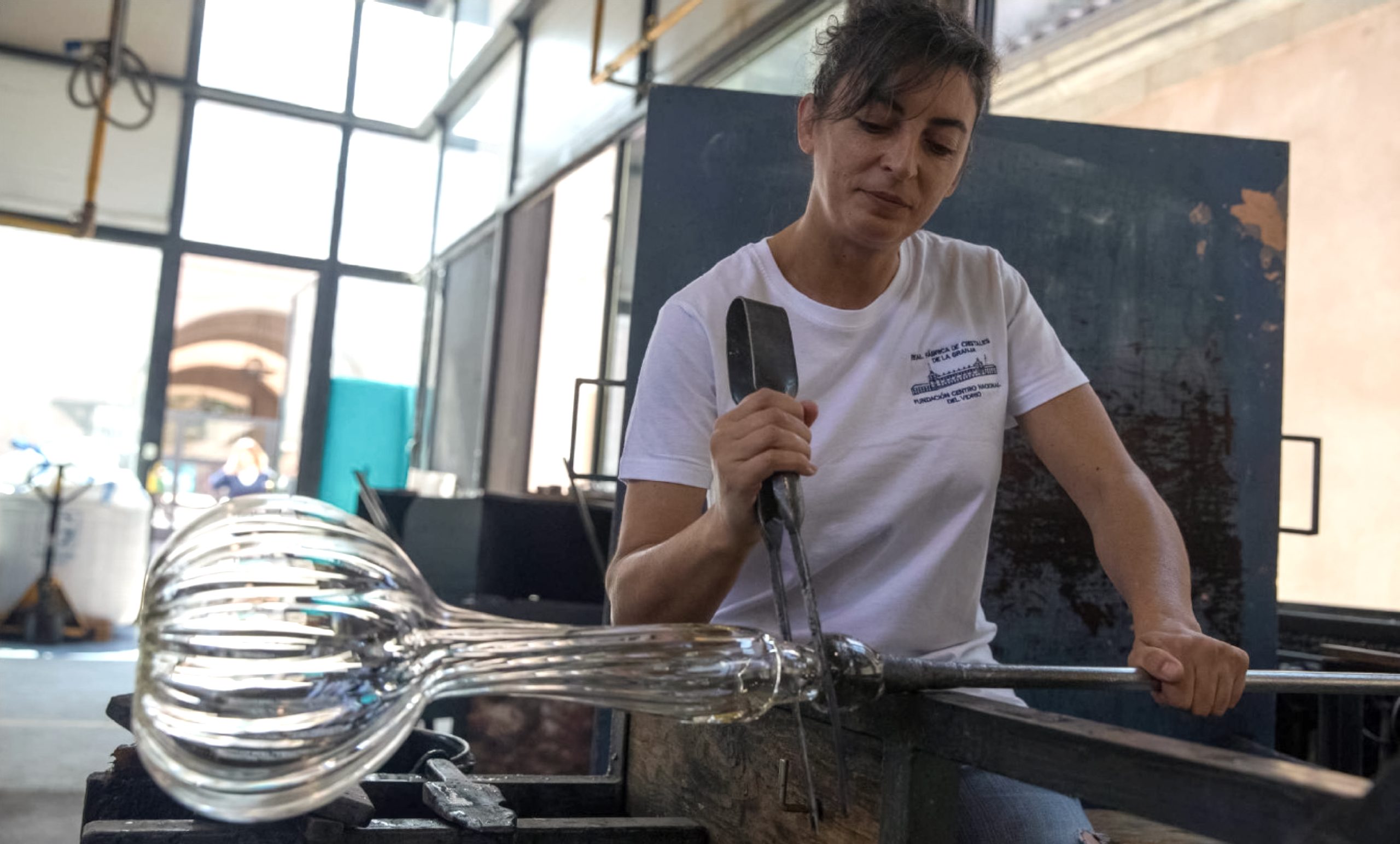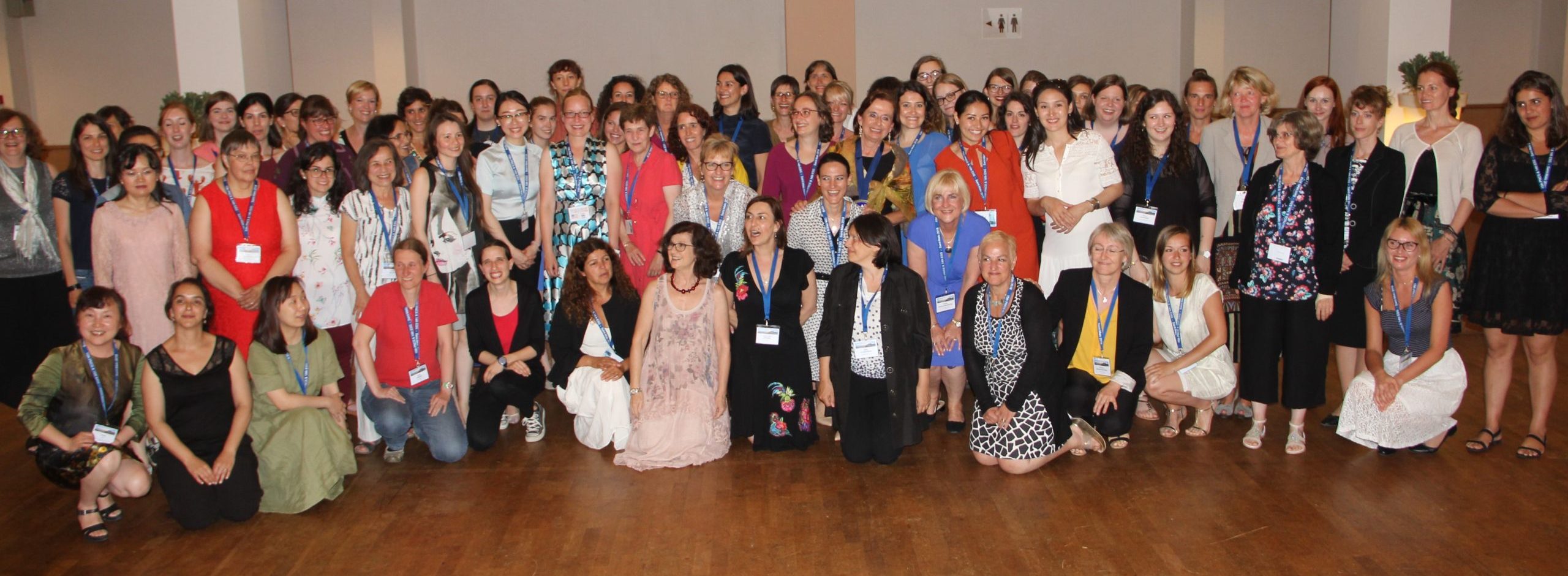Explore the exhibition


Gender quality and diversity in the world of glass II
Gender quality and diversity in the world of glass II
In the field of glass, gender inequality at research centres and universities follows the general trend:
• Temporary employment rates are higher for women than men.
• The scissor plot (glass ceiling) remains unchanged for research personnel.
• In technical staff, women are concentrated at the lower levels and are not promoted (sticky floor).
• Although salaries are fixed, there are wage gaps caused by the unequal distribution of care work and a deficient life-work balance. This means that men can extend their working hours and occupy positions of greater responsibility, which results in higher economic remuneration.
• At conferences and congresses, the number of invited speakers is always much lower for women than for men.
In the glass industry, female CEOs at multinational companies account for only 10% of the total and women in senior posts in the sector account for only 3% in the EU.
In the field of glass, gender inequality at research centres and universities follows the general trend:
• Temporary employment rates are higher for women than men.
• The scissor plot (glass ceiling) remains unchanged for research personnel.
• In technical staff, women are concentrated at the lower levels and are not promoted (sticky floor).
• Although salaries are fixed, there are wage gaps caused by the unequal distribution of care work and a deficient life-work balance. This means that men can extend their working hours and occupy positions of greater responsibility, which results in higher economic remuneration.
• At conferences and congresses, the number of invited speakers is always much lower for women than for men.
In the glass industry, female CEOs at multinational companies account for only 10% of the total and women in senior posts in the sector account for only 3% in the EU.
Arguments for change
Protest of women attendees to the PNCS congress in Saint-Malo 2018, demanding parity between invited speakers.
The main argument in favour of promoting the presence of women at all levels of the research career is related to human rights and social justice: men and women should have equal opportunities, without suffering discrimination of any type. Moreover, diversity has been shown to increase creativity, quality, efficiency and international competitiveness.
Diversified groups always perform better. At companies, gender diversity in leadership positions is associated with higher profits, greater profitability and a higher share price. In addition, a workforce that attracts and retains women besides men results in a more skilled and talented group and is more in line with the market, as women represent a growing proportion of many companies’ customers and partners.

Above, Gemma Martini (in black, second row), CEO of the Vitrum Glass Group, based in British Columbia, with the all-women Insulating Glass Unit assembly team.

Above, the glass blower Olga García finishes a piece in the Real Fábrica de la Granja, Spain. Glass-blowing, traditionally an eminently and almost exclusively male profession, is being feminized and many women are learning the trade.
Arguments for change

Above, Gemma Martini (in black, second row), CEO of the Vitrum Glass Group, based in British Columbia, with the all-women Insulating Glass Unit assembly team.

The main argument in favour of promoting the presence of women at all levels of the research career is related to human rights and social justice: men and women should have equal opportunities, without suffering discrimination of any type. Moreover, diversity has been shown to increase creativity, quality, efficiency and international competitiveness.
Diversified groups always perform better. At companies, gender diversity in leadership positions is associated with higher profits, greater profitability and a higher share price. In addition, a workforce that attracts and retains women besides men results in a more skilled and talented group and is more in line with the market, as women represent a growing proportion of many companies’ customers and partners.




